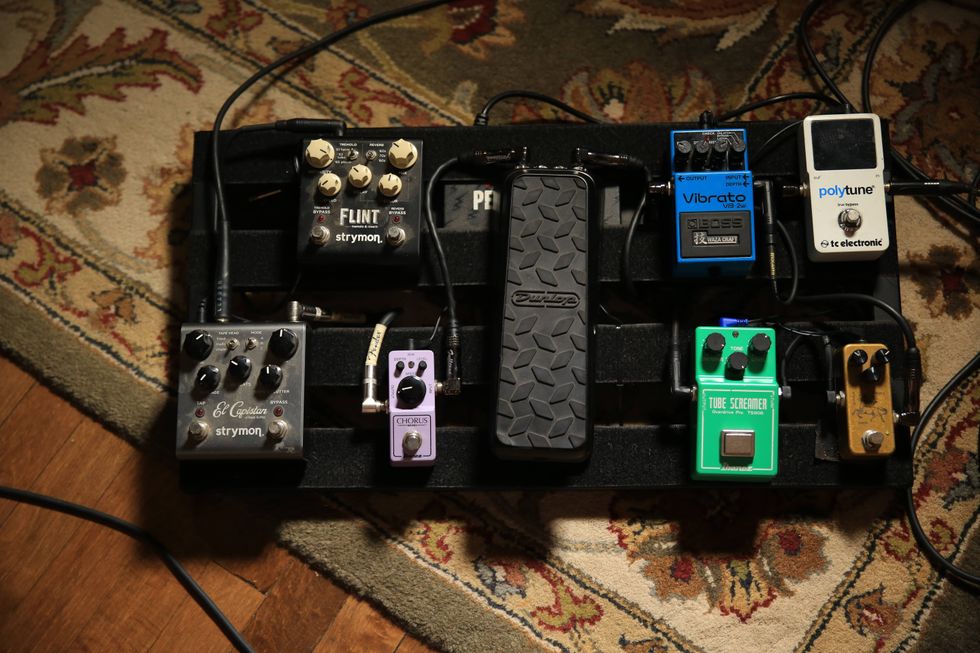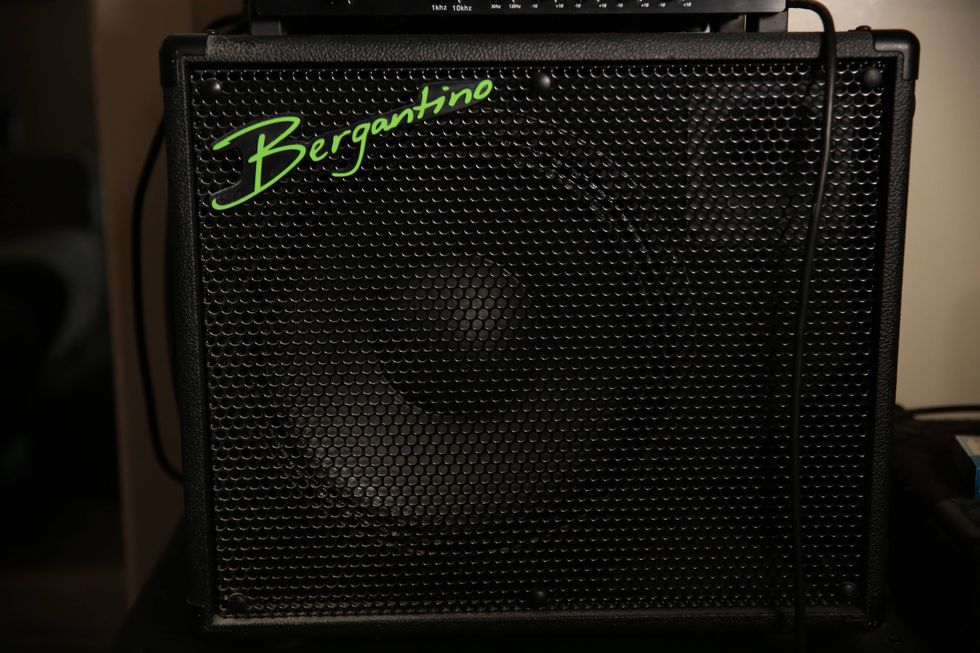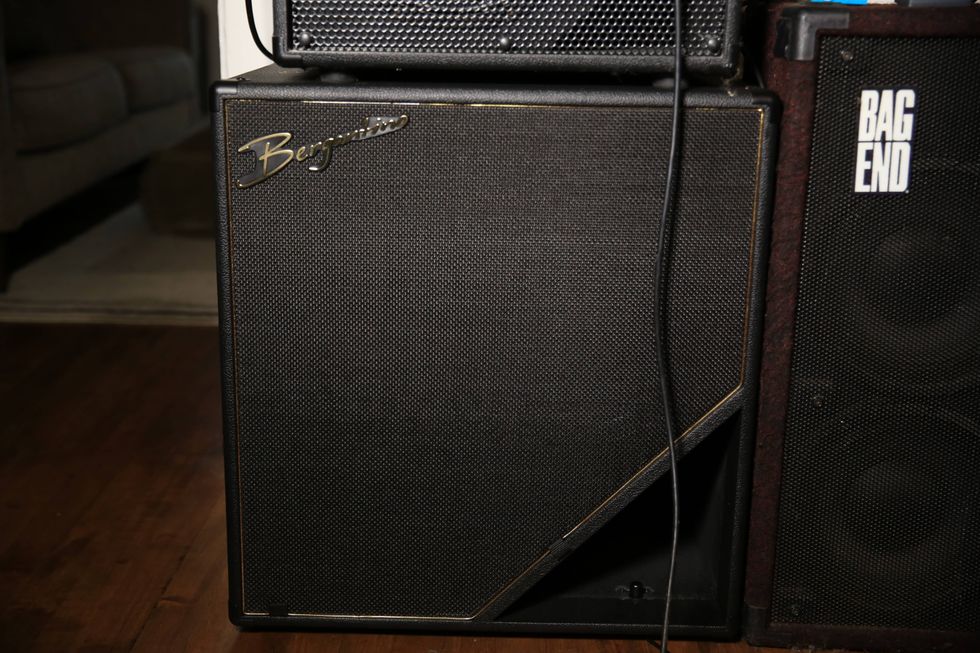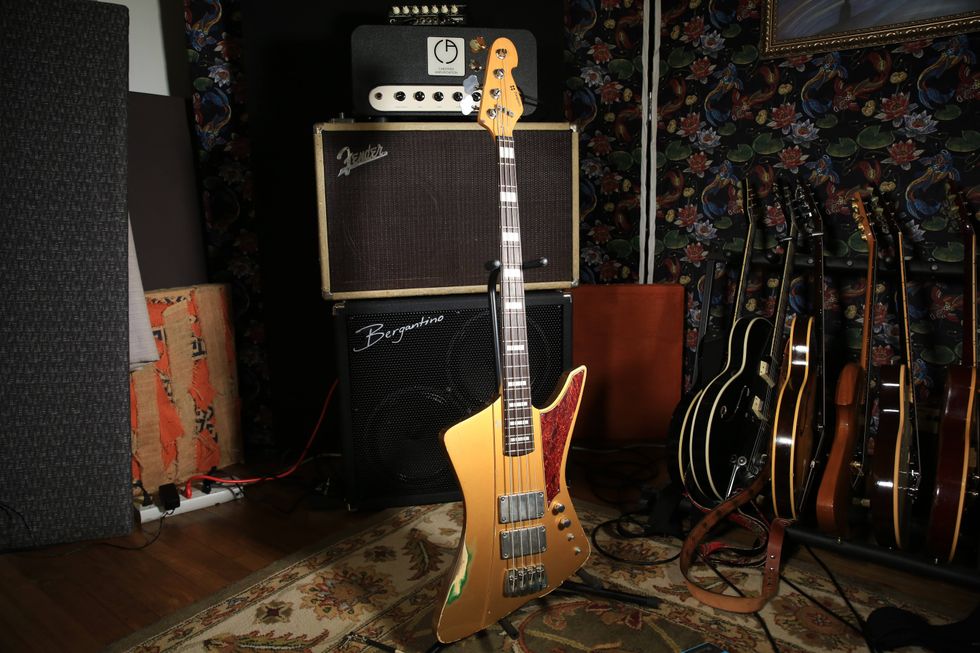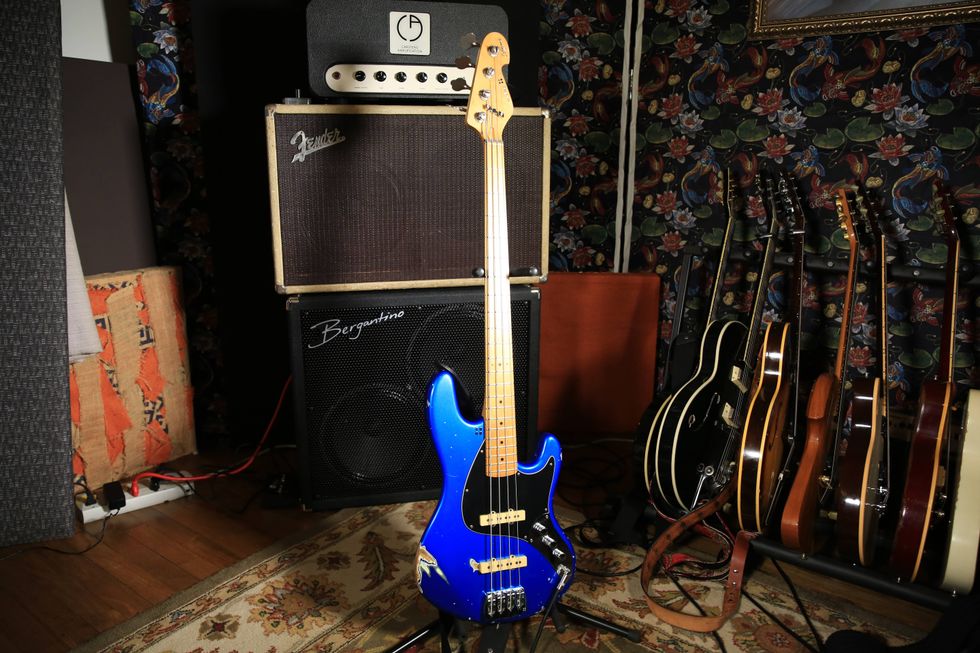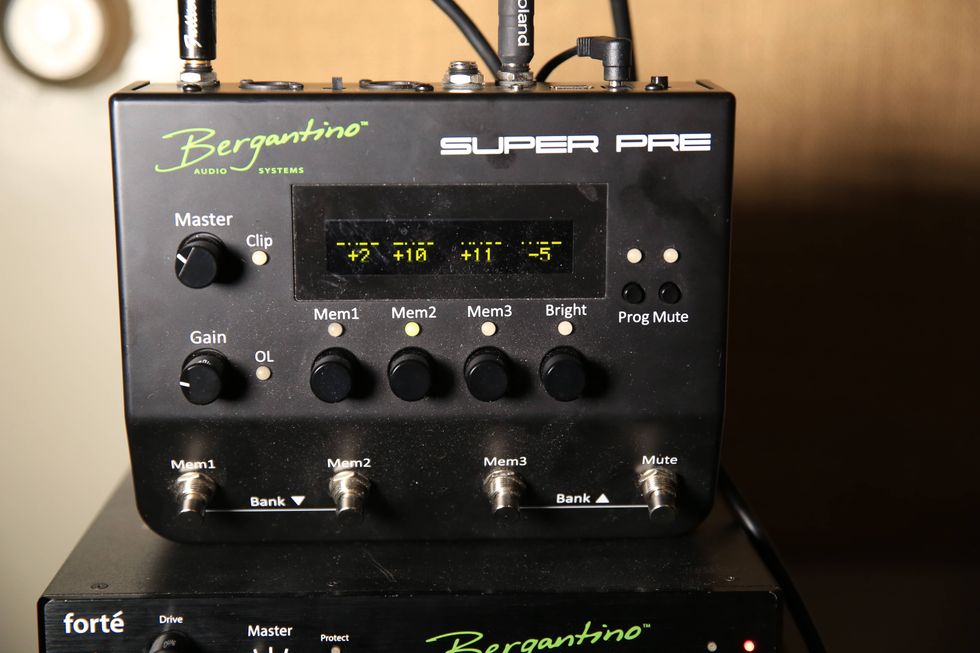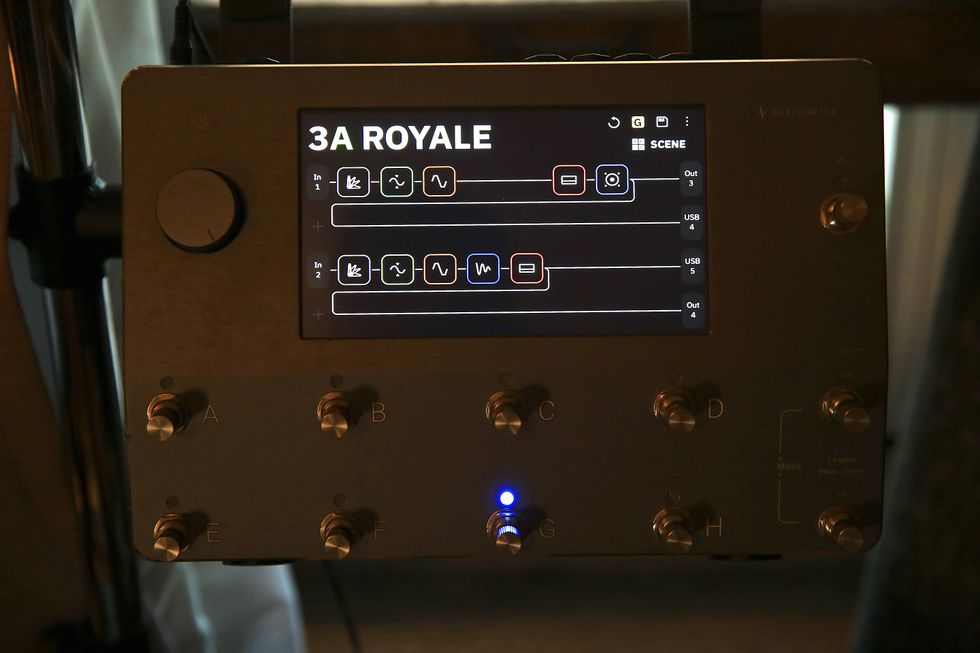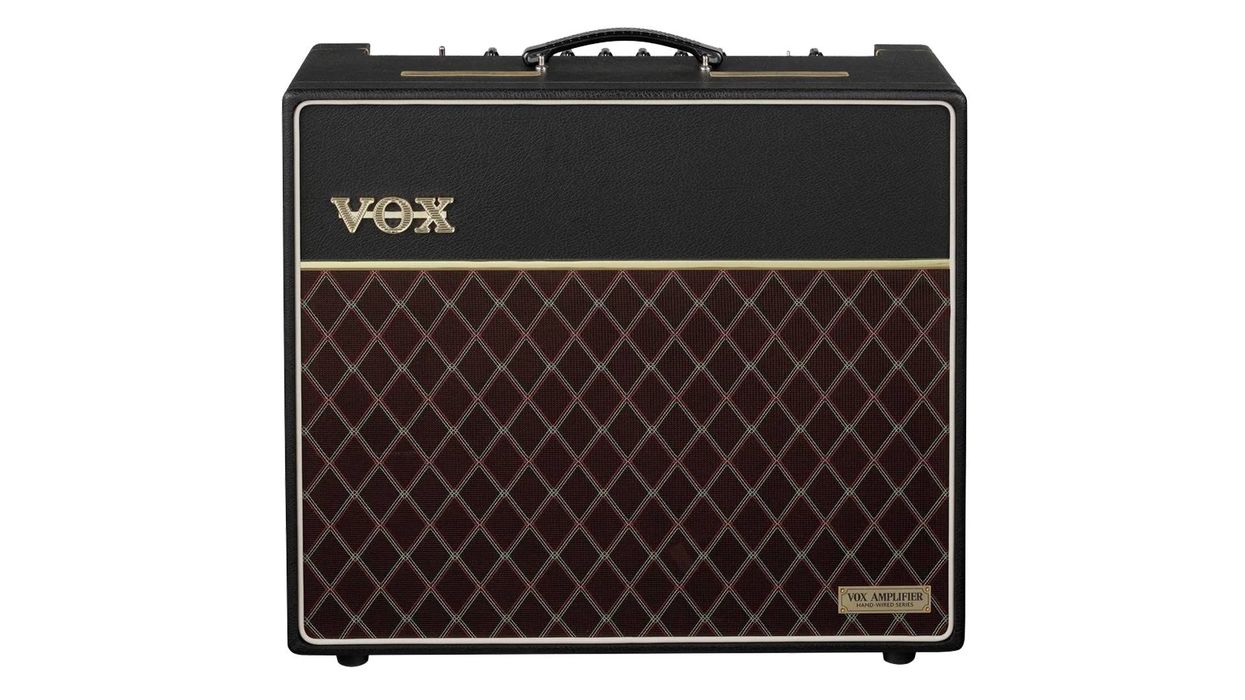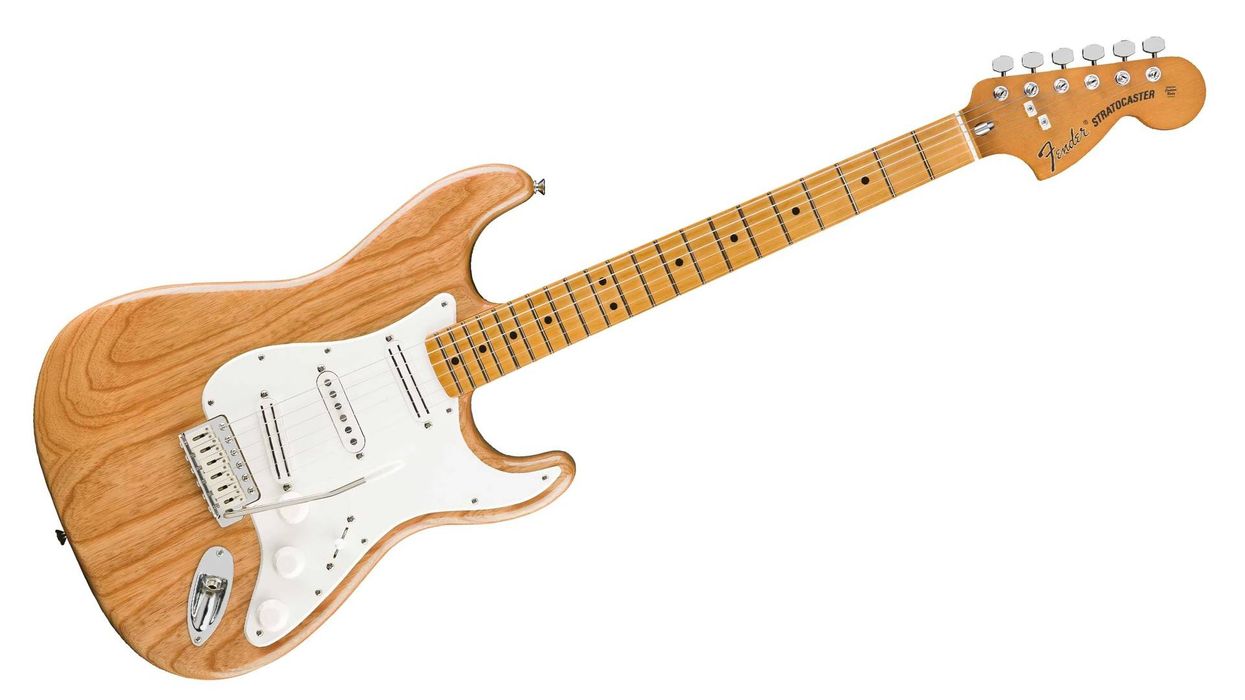Hi Jeff,
I have a question for you. Recently, I was given an old Supro amp. As far as I can tell it’s a 1948 model, all-original except for the power cord, which I replaced. There are no model numbers on the amp. Of course, it’s an all-tube amp, with what appears to be a 10" speaker, two inputs, an on/off toggle switch and a 2-amp fuse. When I turn on the amp, it fires fine and sounds pretty good. After it’s been on for about 10 minutes, it starts to lose a little volume, but the sound just gets better … sort of a nice fuzzy, bluesy sound. I noticed last night that the speaker frame was getting hot (after about an hour of playing). Is this normal for an old amp like this? Is it okay to use it without fear of it “blowing up?” The amp is in excellent condition except for the handle. Any idea what the value of this amp might be? Also, I was thinking of replacing the transformer with one of the new ones on the market. Would it be worth doing? Thanks for your time, and I hope you have a great day. Love your articles in Premier Guitar.
Jim Edens
Hi Jim,
I don’t know that I’ve ever worked on that particular model amp, but from the research I’ve done it looks to be a very cool amp. It seems that there are quite a few different versions of the amp, but the common thread appears to be a bottom-mounted chassis with inputs and controls accessible from the lower rear. The speaker is mounted above the chassis and could have been either a Jensen or a Rola, the latter of which came in PM (permanent magnet) or field coil versions. I’d have to assume that the field coil version would have been the earliest version of the amp, as the field coil speaker predated the PM speaker. (Just FYI, in a field coil speaker, the magnetism needed for the operation of the speaker was generated by running the B+ (high voltage) of the amp through a coil on the rear of the speaker, essentially turning it into a large electromagnet.) The tube configuration in these amps seems to change as well. While all of the versions utilize a 5Y3 rectifier tube, the preamp section consisted of either a single 6SL7, or a 6SC7 along with a 6J7. Also, from the information I’ve seen it’s possible that the amps were built using either a single 6V6 for the output stage, or two 6V6s in a parallel single-ended design. That’s it for the history of the amps. Now let’s get to your questions.
You mention that the amp loses some volume and starts to sound a bit fuzzy/bluesy after approximately 10 minutes of operation, and that the speaker frame was getting hot. Remember that the speaker is mounted directly above the entire chassis. On that chassis are the mains transformer and anywhere from three to five tubes, with an output stage running in Class A mode. This in and of itself is probably enough heat to warm the speaker frame, but excessive heat could be the tell-tale sign of a problem. The symptom of the amp dropping in power and becoming “dirtier” is a somewhat typical sign of an output tube that’s shorting internally once it gets nice and warm. This produces a substantial amount of extra heat that would add to the warmth of the speaker frame. There may be, however, an additional cause.
If the speaker is of the field coil variety, the excessive current that the malfunctioning tube is consuming is being pulled straight through the coil windings on the rear of the speaker. This may not only cause the coil to produce additional heat, but could be bad for the longevity of the coil as well. It can also cause the mains transformer to run warmer than it typically would. With that diagnosis in mind, I would suggest replacing the 6V6 output tube(s) and see if the performance of the amp is improved. If it continues to lose power and become buzzy, I’d have it looked at by a local tech to see if the filter caps need to be changed. The only reason I wouldn’t tell you to just have them replaced is that you mentioned the amp was almost 100 percent original. Since it’s functioning rather well, replacing the caps may reduce the value of the amp on the vintage market—should you, of course, decide to sell it.
Which brings me to your question regarding the replacement of transformer(s). While there appears to be replacement transformers made for these amps, and installing one could improve the sound of the amp, the vintage value of the amp would be compromised. The decision should be based on tone vs. value. If you plan on keeping the amp and making it the best it can be, I’d say go ahead and try it. In my opinion, you’d probably get a bigger bang for your buck by replacing the speaker— almost always the weak link in older amps. Just remember, if the speaker is the field coil type, you’ll need to install a choke to take the place of the magnet winding, as it’s an integral part of the power supply. I hope this will help you make your Supro amp super.
Jeff Bober
Jeff Bober, Godfather of the low wattage amp revolution, co-founded and was the principal designer for Budda Amplification. He can be reached at pgampman@gmail.com.
I have a question for you. Recently, I was given an old Supro amp. As far as I can tell it’s a 1948 model, all-original except for the power cord, which I replaced. There are no model numbers on the amp. Of course, it’s an all-tube amp, with what appears to be a 10" speaker, two inputs, an on/off toggle switch and a 2-amp fuse. When I turn on the amp, it fires fine and sounds pretty good. After it’s been on for about 10 minutes, it starts to lose a little volume, but the sound just gets better … sort of a nice fuzzy, bluesy sound. I noticed last night that the speaker frame was getting hot (after about an hour of playing). Is this normal for an old amp like this? Is it okay to use it without fear of it “blowing up?” The amp is in excellent condition except for the handle. Any idea what the value of this amp might be? Also, I was thinking of replacing the transformer with one of the new ones on the market. Would it be worth doing? Thanks for your time, and I hope you have a great day. Love your articles in Premier Guitar.
Jim Edens
Hi Jim,
I don’t know that I’ve ever worked on that particular model amp, but from the research I’ve done it looks to be a very cool amp. It seems that there are quite a few different versions of the amp, but the common thread appears to be a bottom-mounted chassis with inputs and controls accessible from the lower rear. The speaker is mounted above the chassis and could have been either a Jensen or a Rola, the latter of which came in PM (permanent magnet) or field coil versions. I’d have to assume that the field coil version would have been the earliest version of the amp, as the field coil speaker predated the PM speaker. (Just FYI, in a field coil speaker, the magnetism needed for the operation of the speaker was generated by running the B+ (high voltage) of the amp through a coil on the rear of the speaker, essentially turning it into a large electromagnet.) The tube configuration in these amps seems to change as well. While all of the versions utilize a 5Y3 rectifier tube, the preamp section consisted of either a single 6SL7, or a 6SC7 along with a 6J7. Also, from the information I’ve seen it’s possible that the amps were built using either a single 6V6 for the output stage, or two 6V6s in a parallel single-ended design. That’s it for the history of the amps. Now let’s get to your questions.
You mention that the amp loses some volume and starts to sound a bit fuzzy/bluesy after approximately 10 minutes of operation, and that the speaker frame was getting hot. Remember that the speaker is mounted directly above the entire chassis. On that chassis are the mains transformer and anywhere from three to five tubes, with an output stage running in Class A mode. This in and of itself is probably enough heat to warm the speaker frame, but excessive heat could be the tell-tale sign of a problem. The symptom of the amp dropping in power and becoming “dirtier” is a somewhat typical sign of an output tube that’s shorting internally once it gets nice and warm. This produces a substantial amount of extra heat that would add to the warmth of the speaker frame. There may be, however, an additional cause.
If the speaker is of the field coil variety, the excessive current that the malfunctioning tube is consuming is being pulled straight through the coil windings on the rear of the speaker. This may not only cause the coil to produce additional heat, but could be bad for the longevity of the coil as well. It can also cause the mains transformer to run warmer than it typically would. With that diagnosis in mind, I would suggest replacing the 6V6 output tube(s) and see if the performance of the amp is improved. If it continues to lose power and become buzzy, I’d have it looked at by a local tech to see if the filter caps need to be changed. The only reason I wouldn’t tell you to just have them replaced is that you mentioned the amp was almost 100 percent original. Since it’s functioning rather well, replacing the caps may reduce the value of the amp on the vintage market—should you, of course, decide to sell it.
Which brings me to your question regarding the replacement of transformer(s). While there appears to be replacement transformers made for these amps, and installing one could improve the sound of the amp, the vintage value of the amp would be compromised. The decision should be based on tone vs. value. If you plan on keeping the amp and making it the best it can be, I’d say go ahead and try it. In my opinion, you’d probably get a bigger bang for your buck by replacing the speaker— almost always the weak link in older amps. Just remember, if the speaker is the field coil type, you’ll need to install a choke to take the place of the magnet winding, as it’s an integral part of the power supply. I hope this will help you make your Supro amp super.
Jeff Bober
Jeff Bober, Godfather of the low wattage amp revolution, co-founded and was the principal designer for Budda Amplification. He can be reached at pgampman@gmail.com.
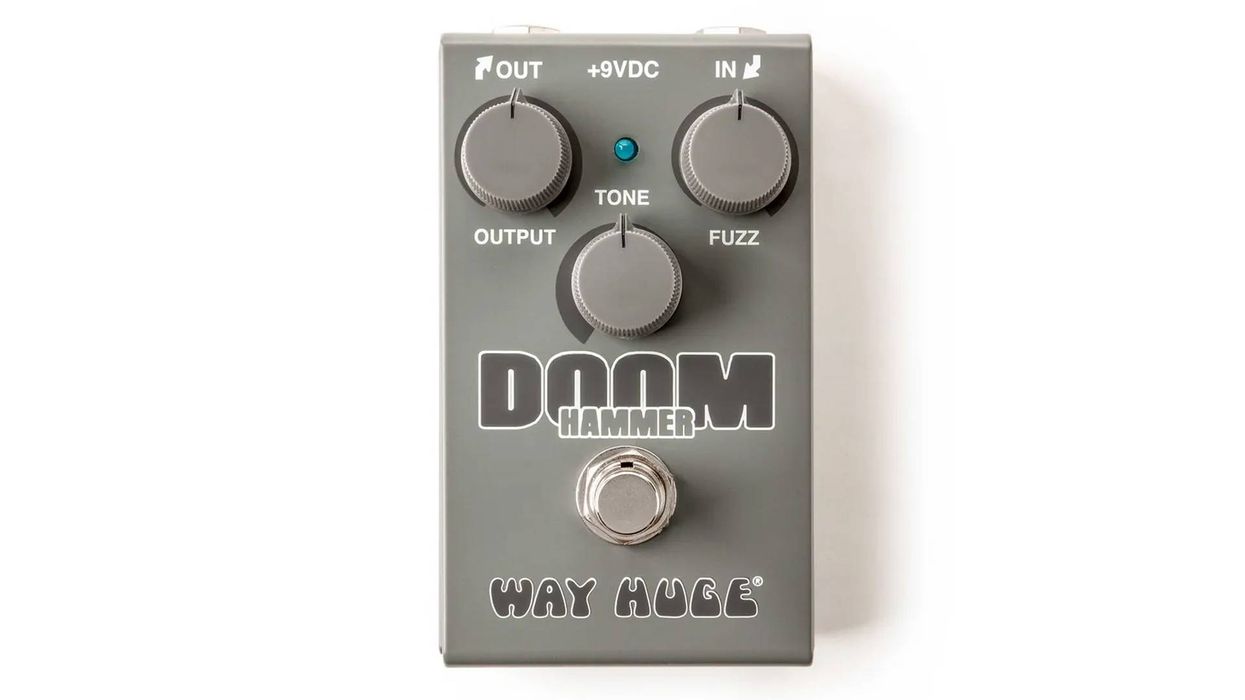
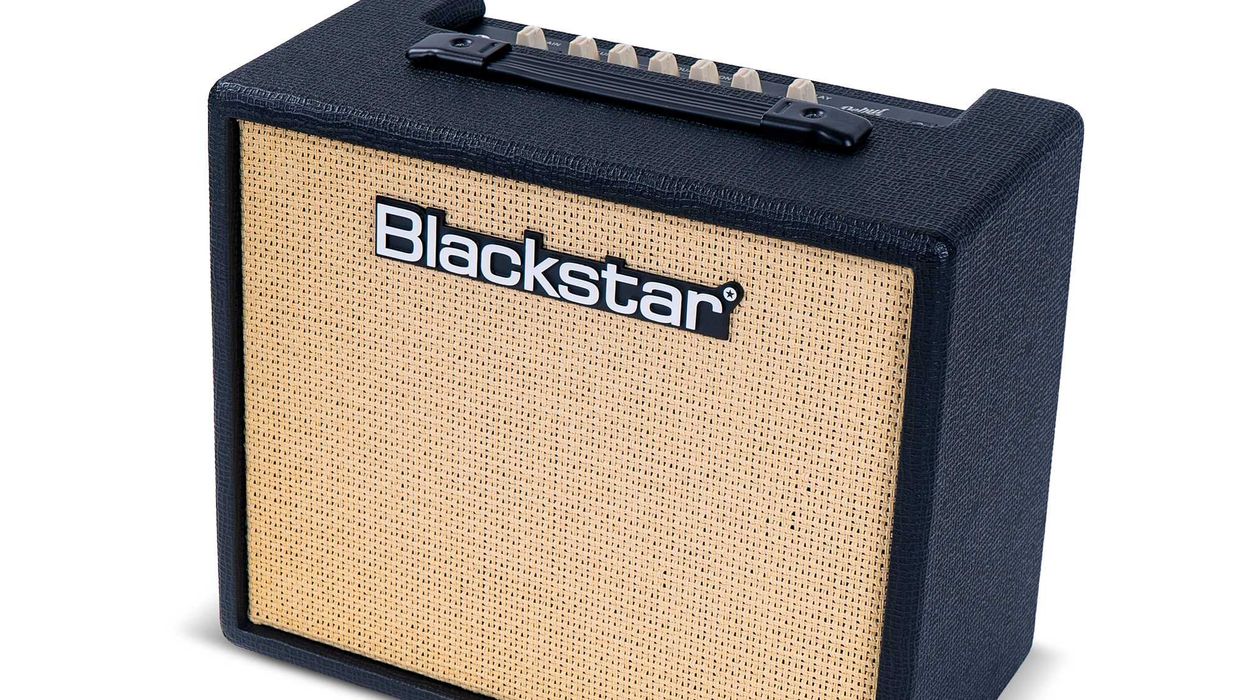
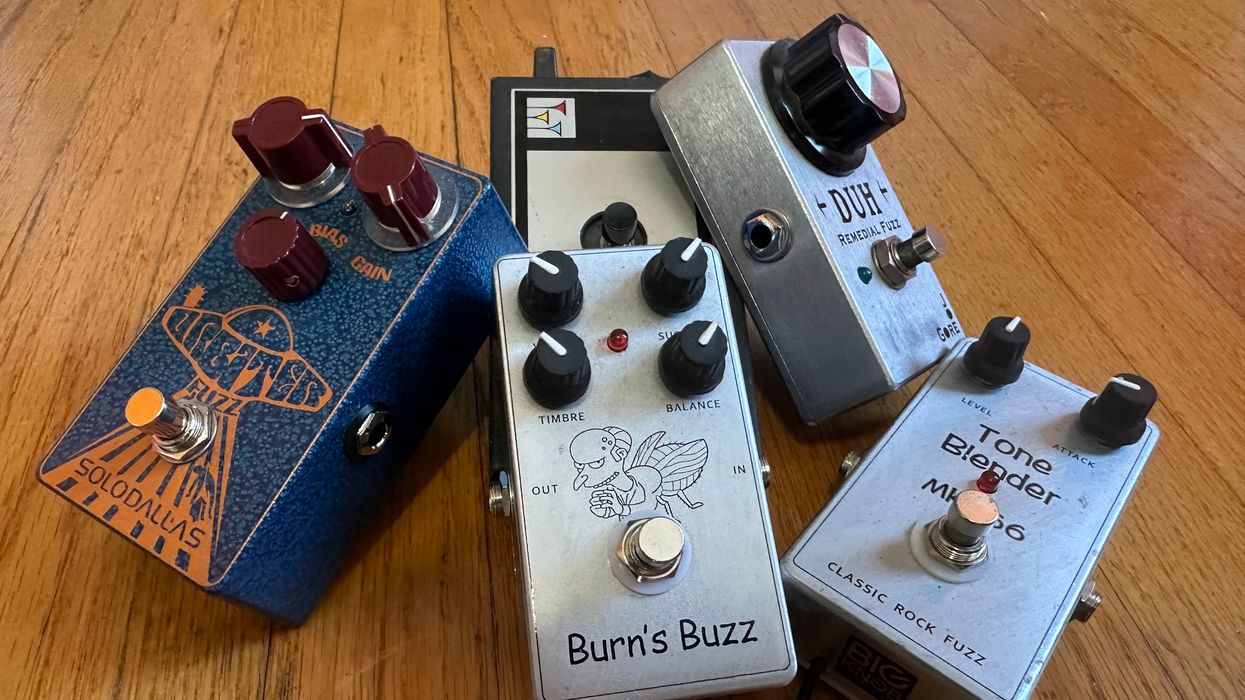

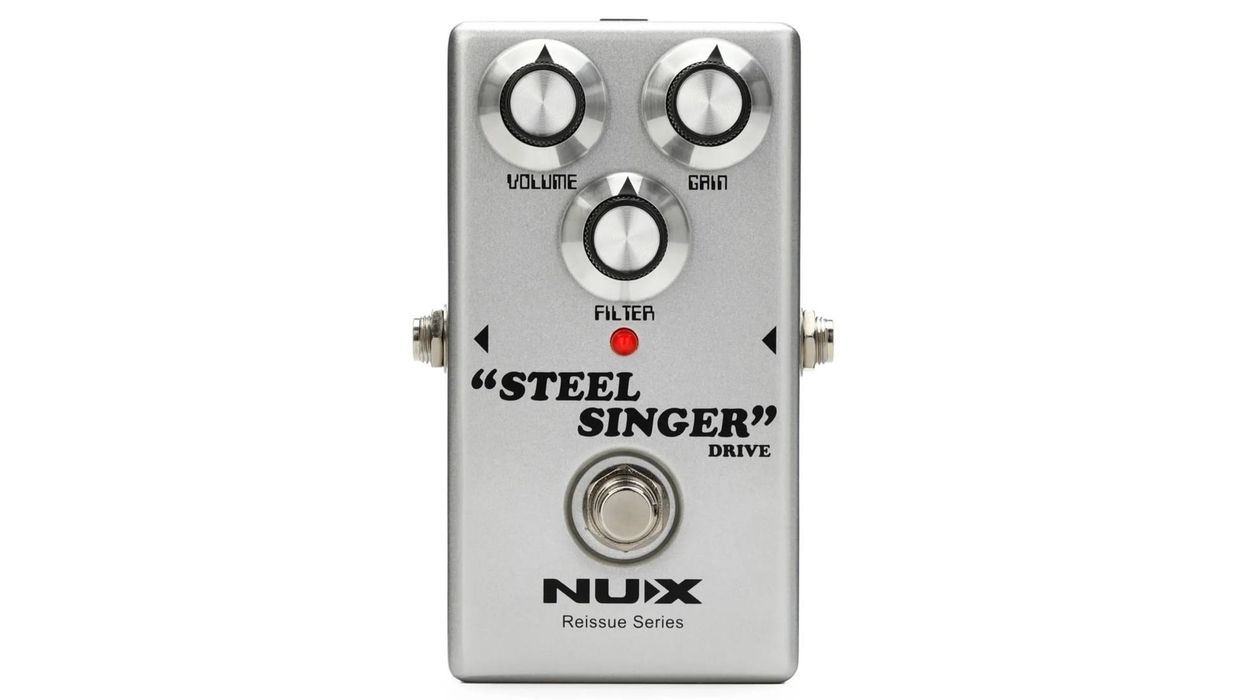



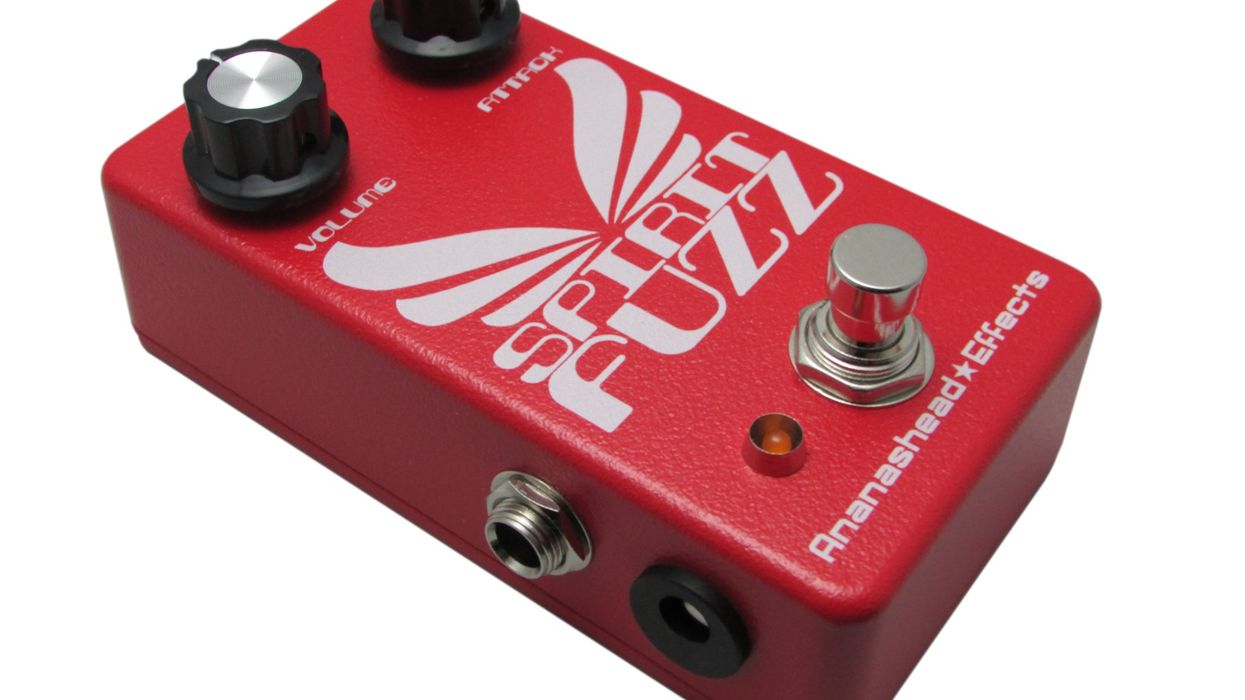
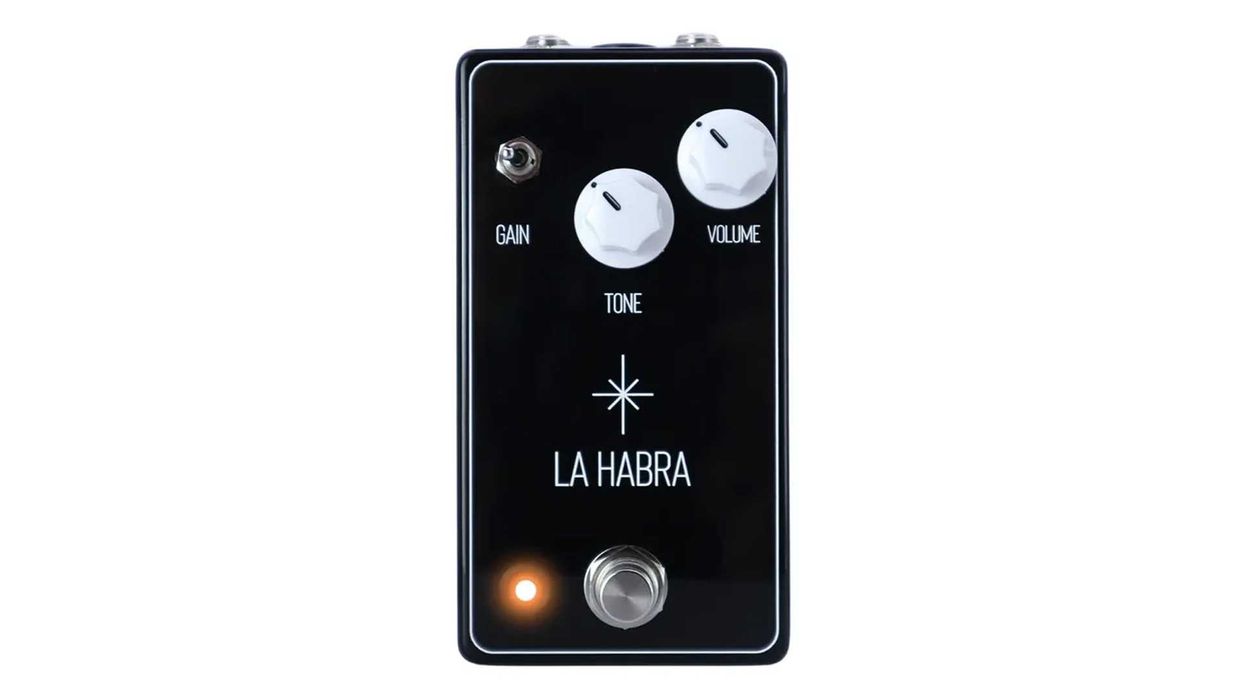
![Devon Eisenbarger [Katy Perry] Rig Rundown](https://www.premierguitar.com/media-library/youtube.jpg?id=61774583&width=1245&height=700&quality=70&coordinates=0%2C0%2C0%2C0)
![Rig Rundown: AFI [2025]](https://www.premierguitar.com/media-library/youtube.jpg?id=62064741&width=1245&height=700&quality=70&coordinates=0%2C0%2C0%2C0)
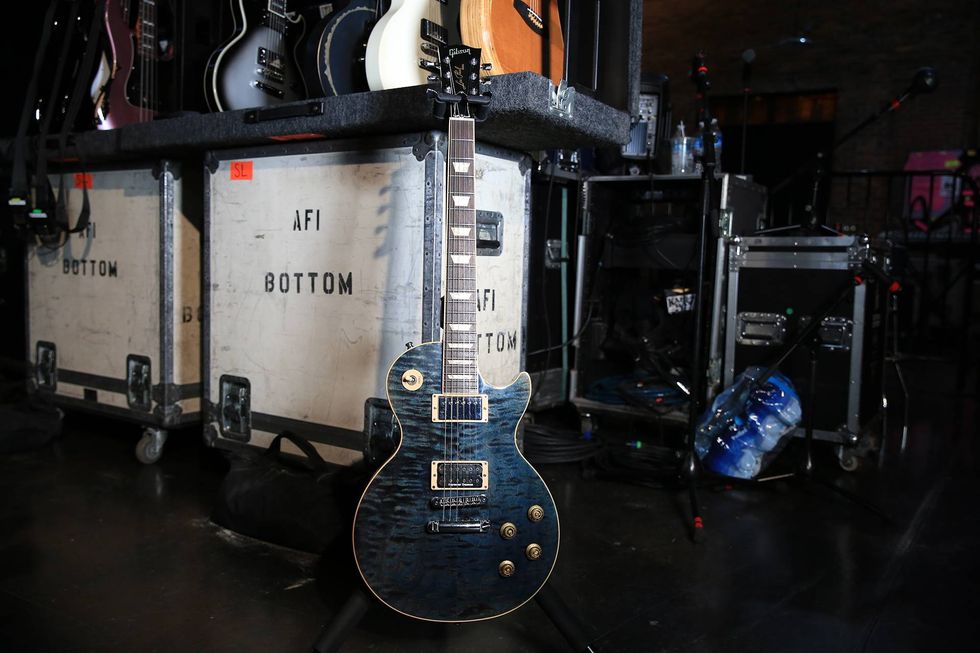
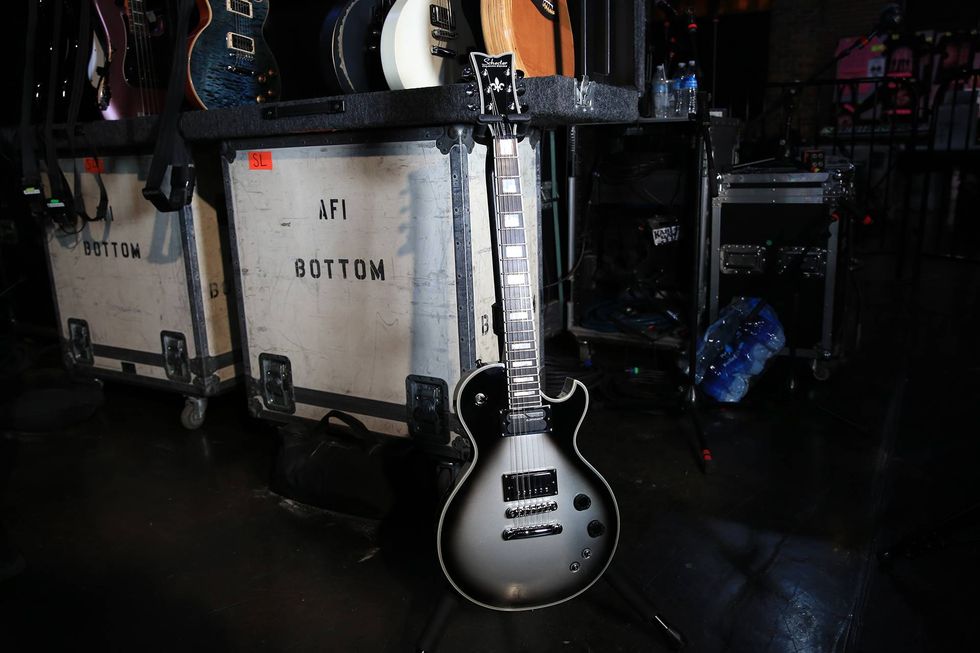
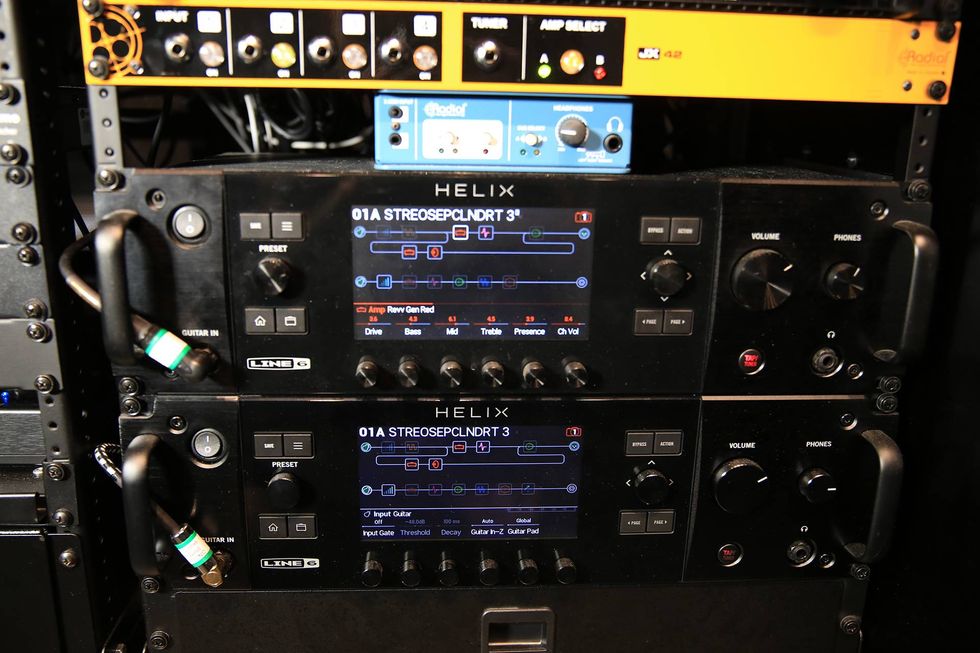
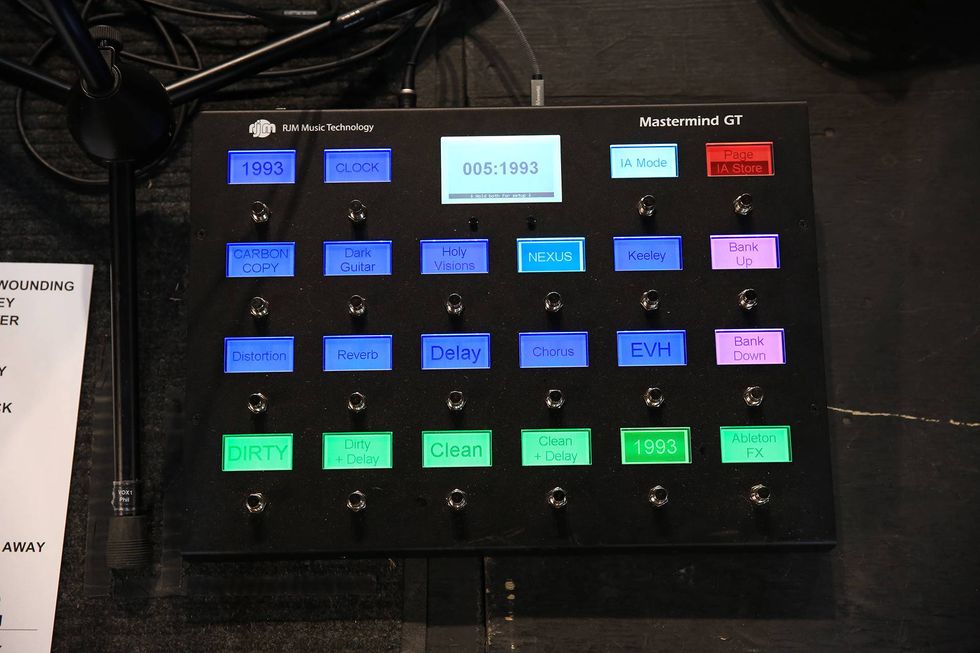
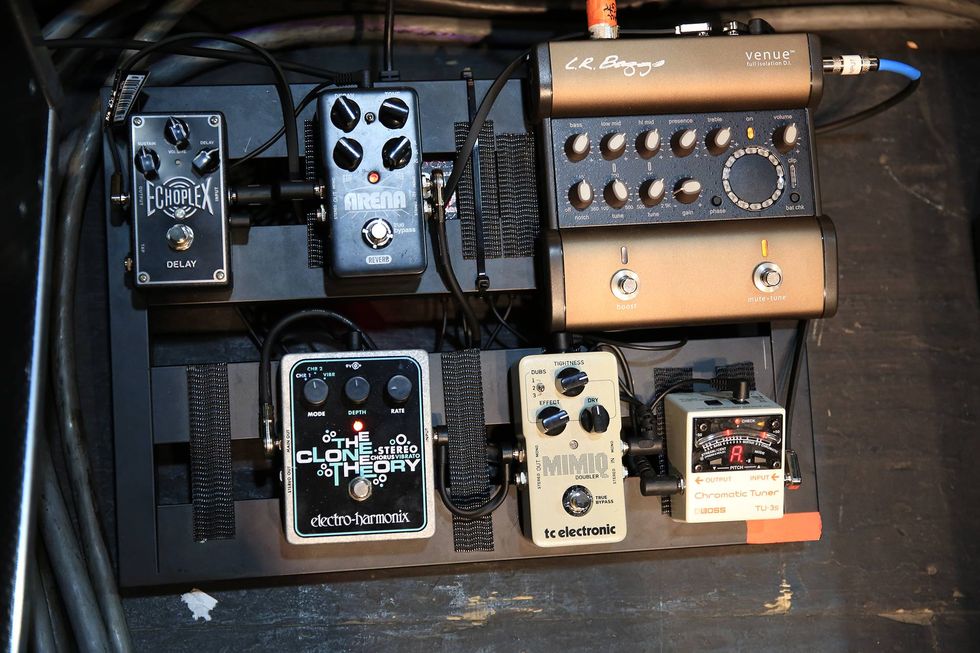
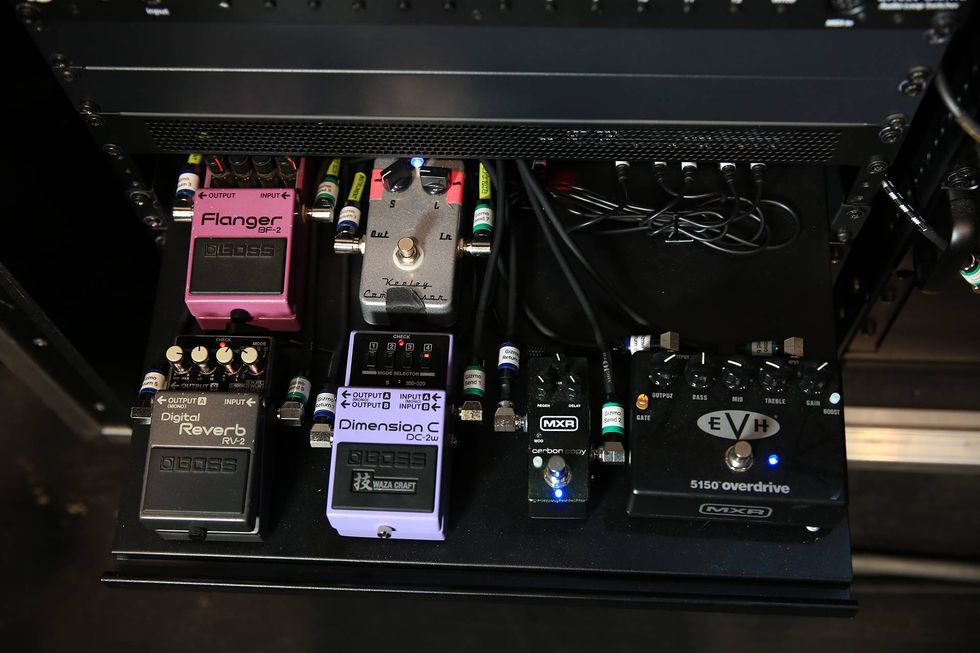
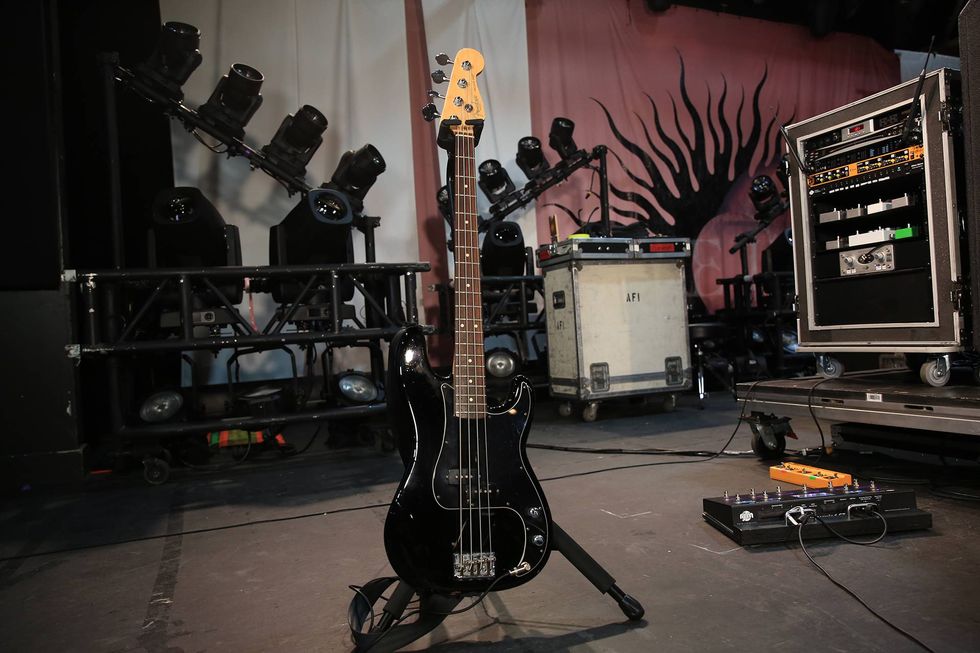
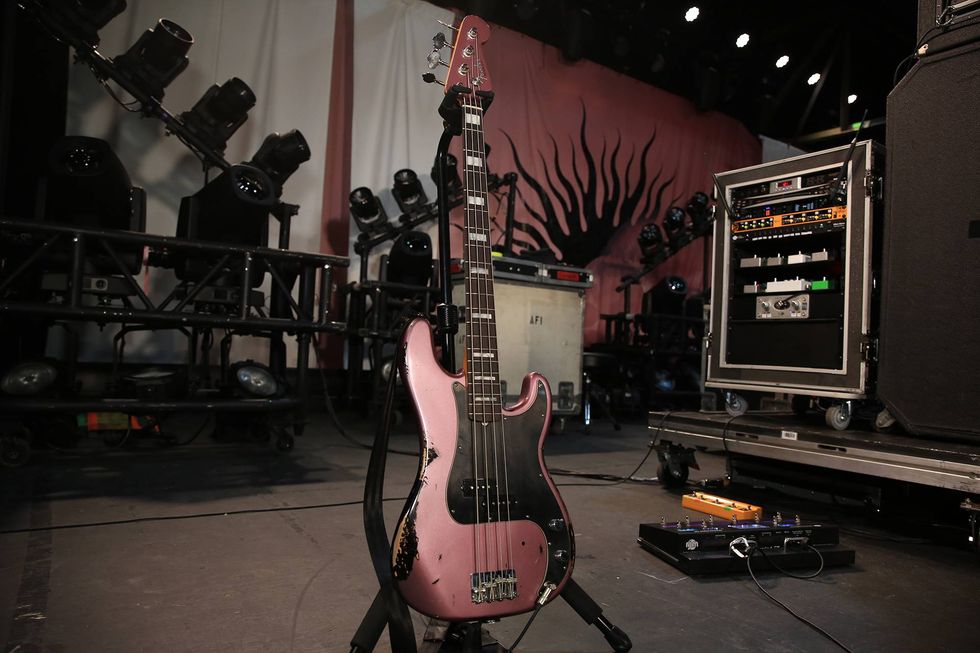
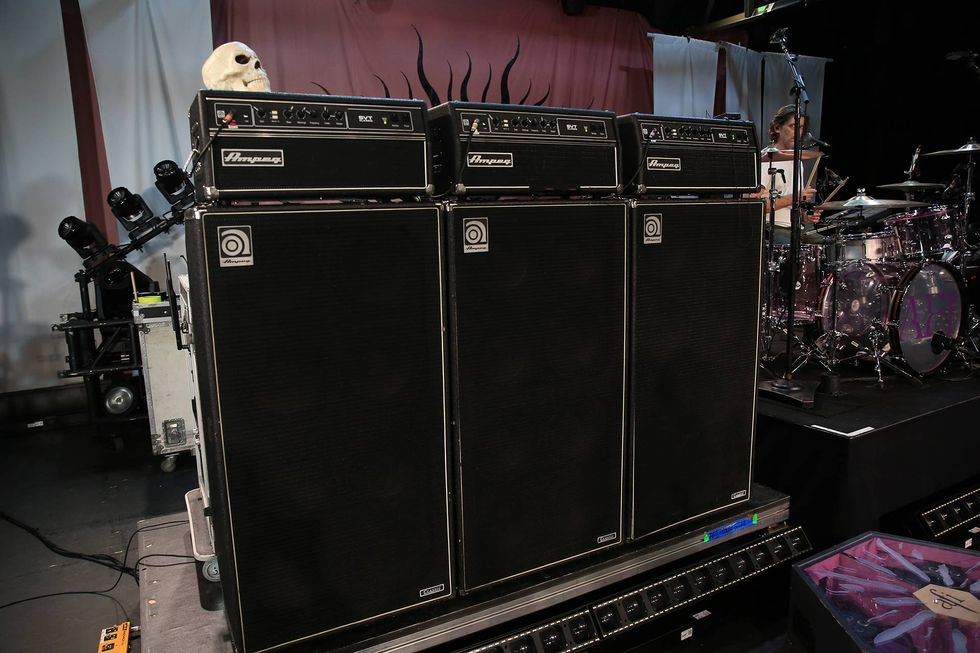
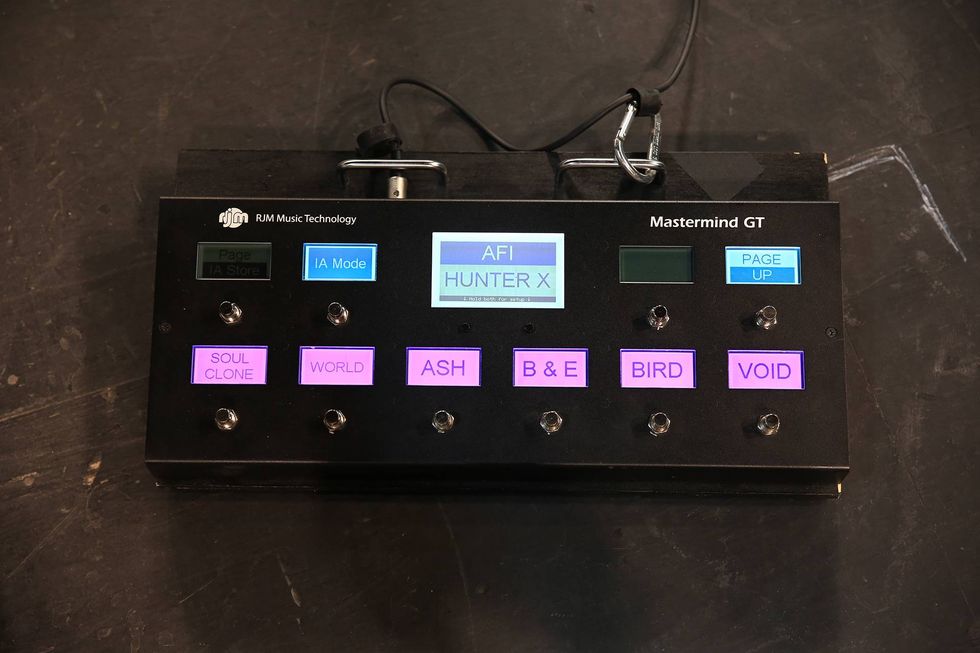
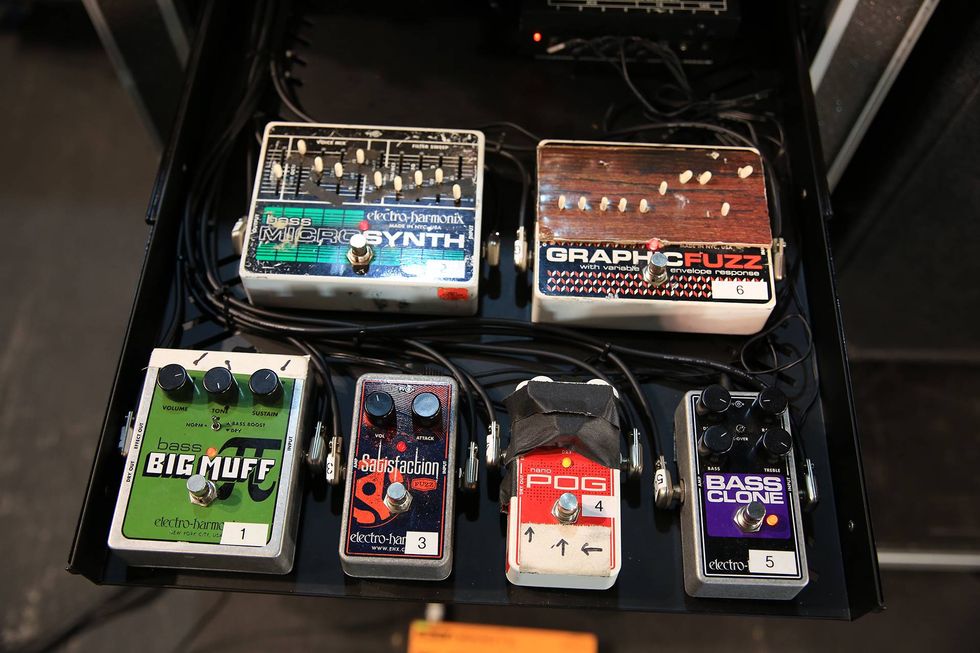
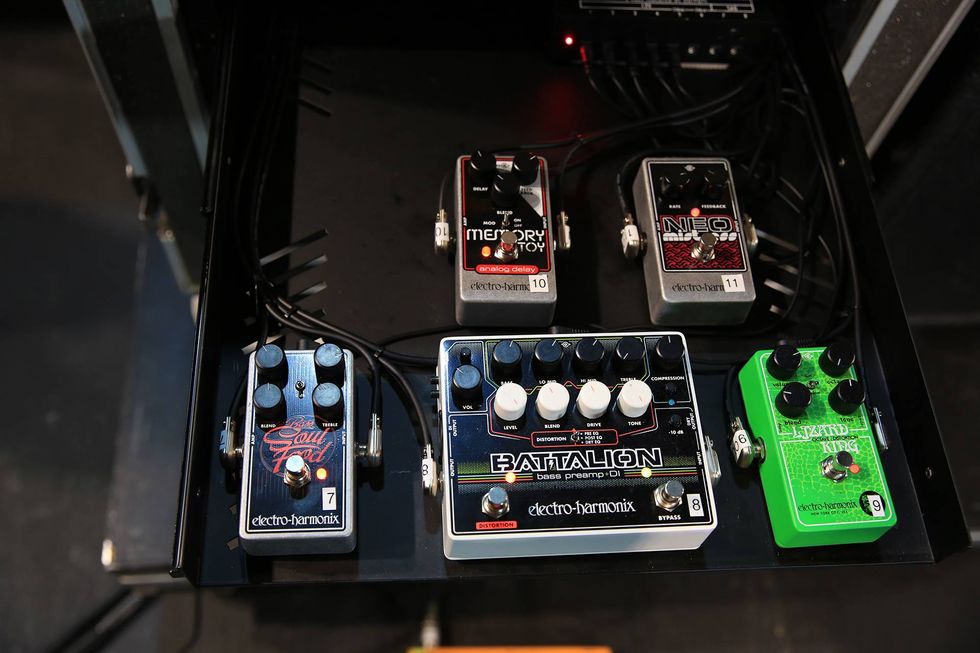
 Shop Scott's Rig
Shop Scott's Rig
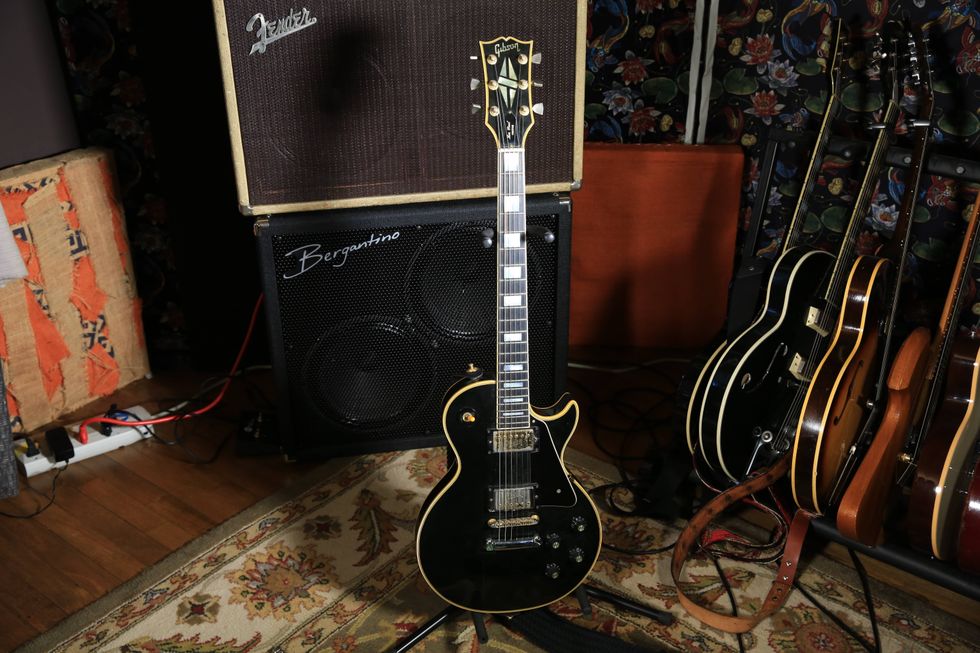
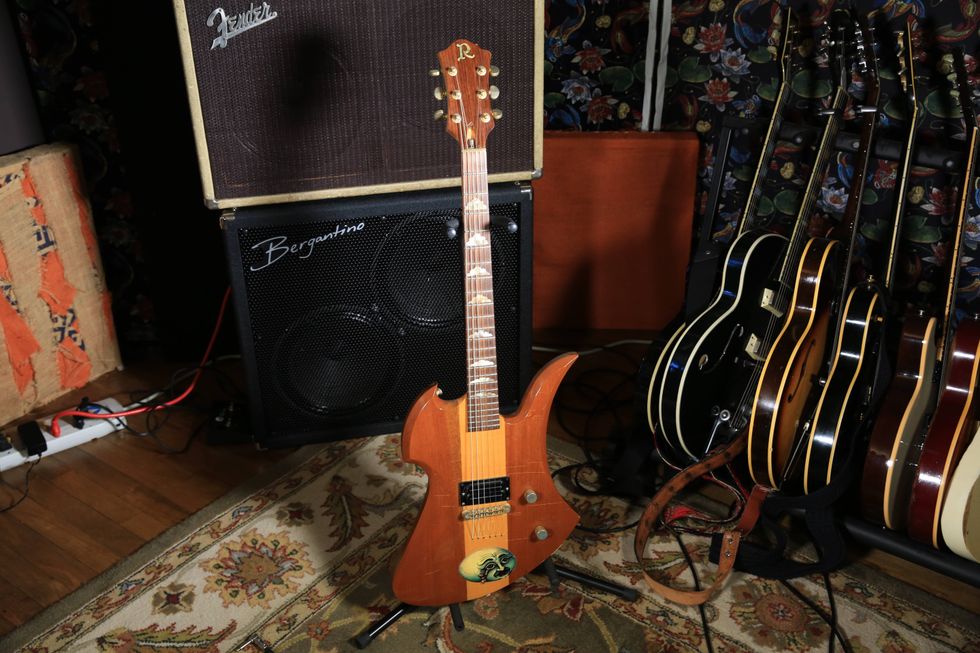
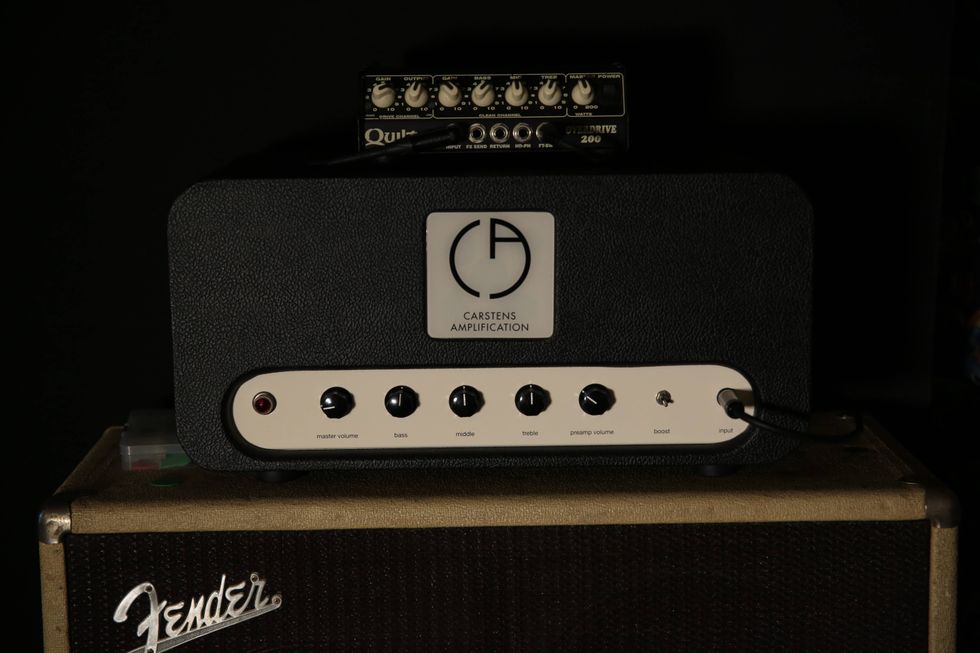
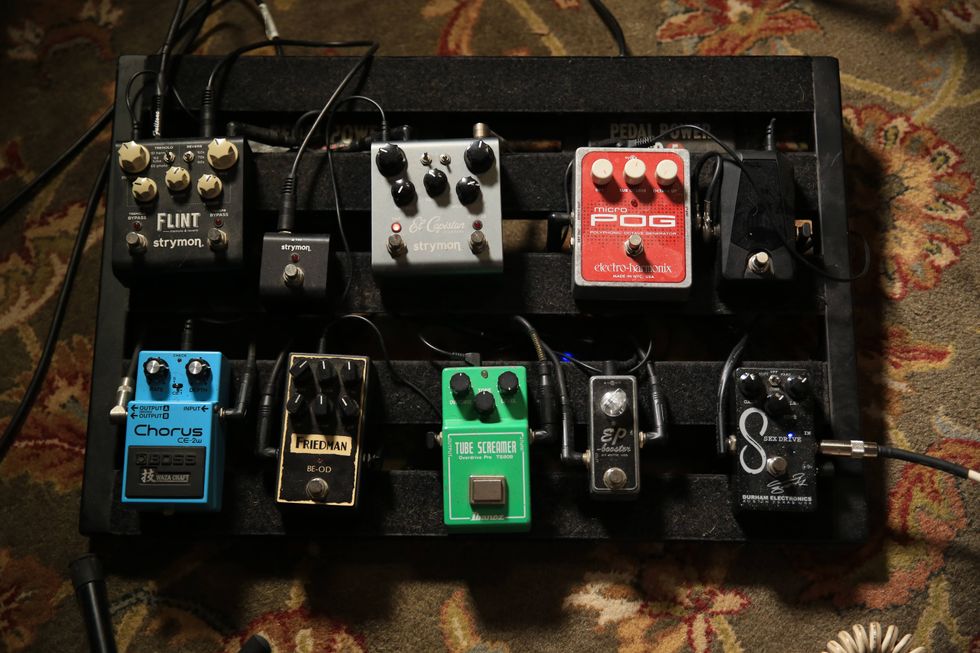
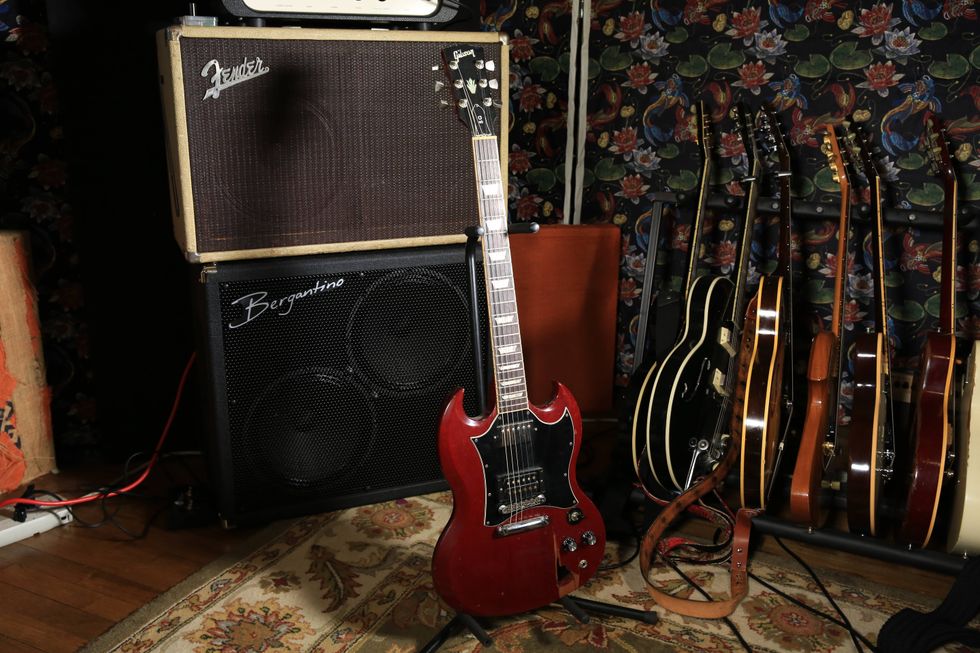
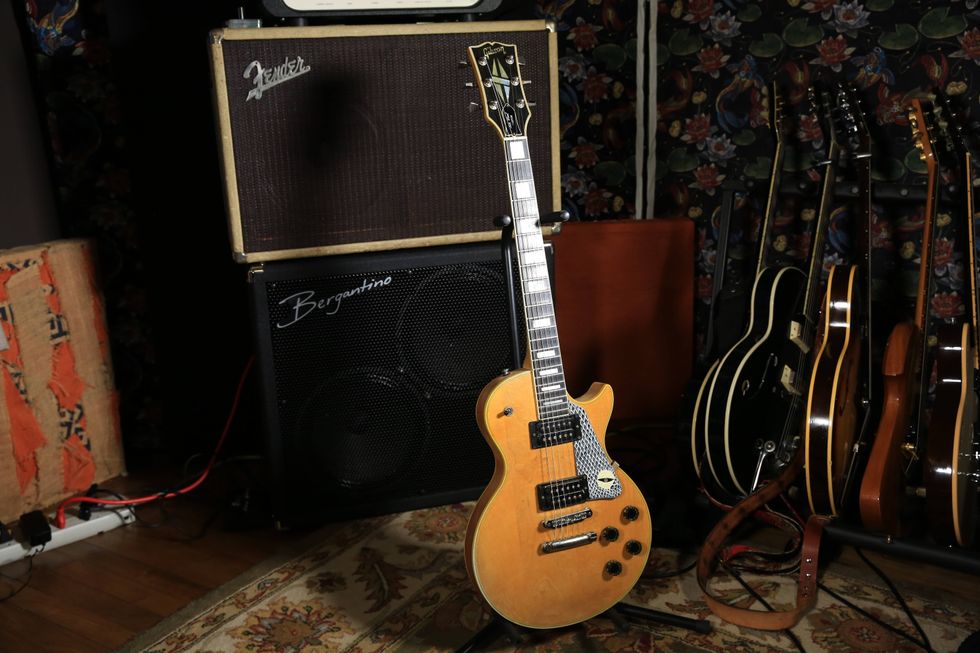
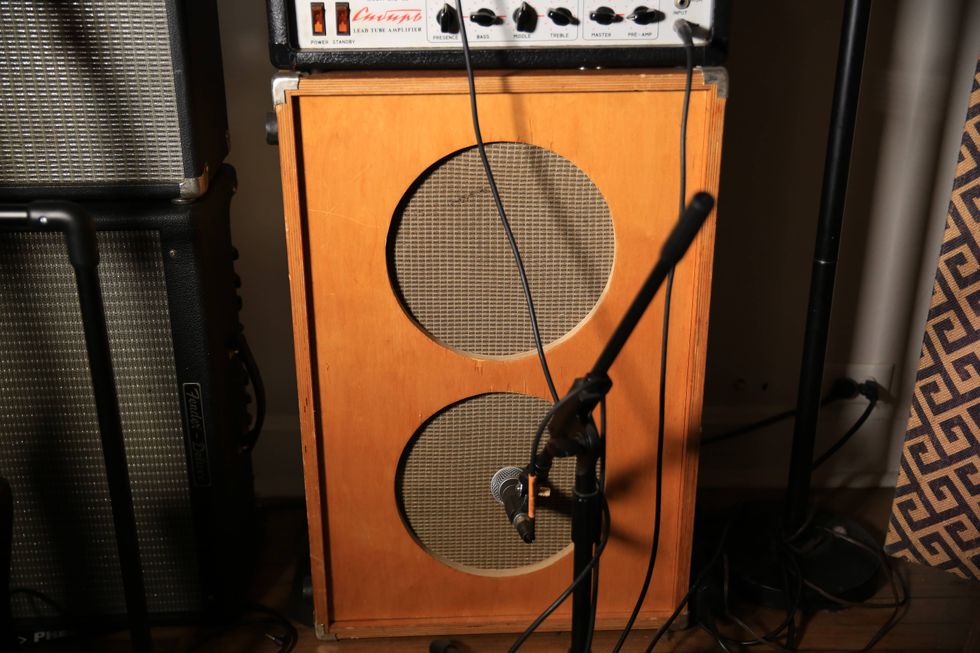
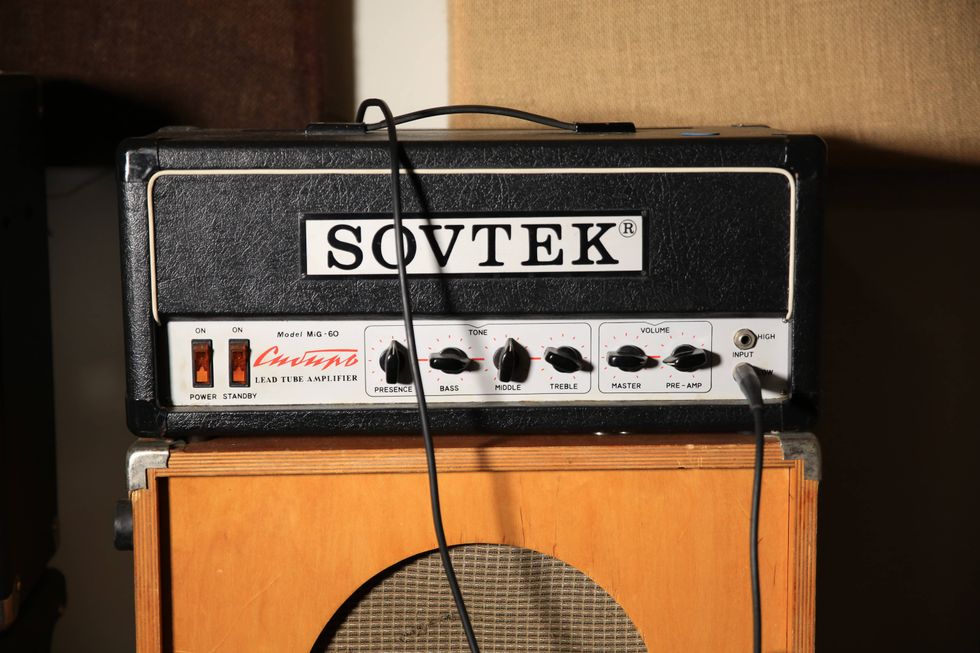 Zach loves his Sovtek Mig 60 head, which he plays through a cab he built himself at a pipe-organ shop in Denver. Every glue joint is lined with thin leather for maximum air tightness, and it’s stocked with Celestion G12M Greenback speakers.
Zach loves his Sovtek Mig 60 head, which he plays through a cab he built himself at a pipe-organ shop in Denver. Every glue joint is lined with thin leather for maximum air tightness, and it’s stocked with Celestion G12M Greenback speakers.